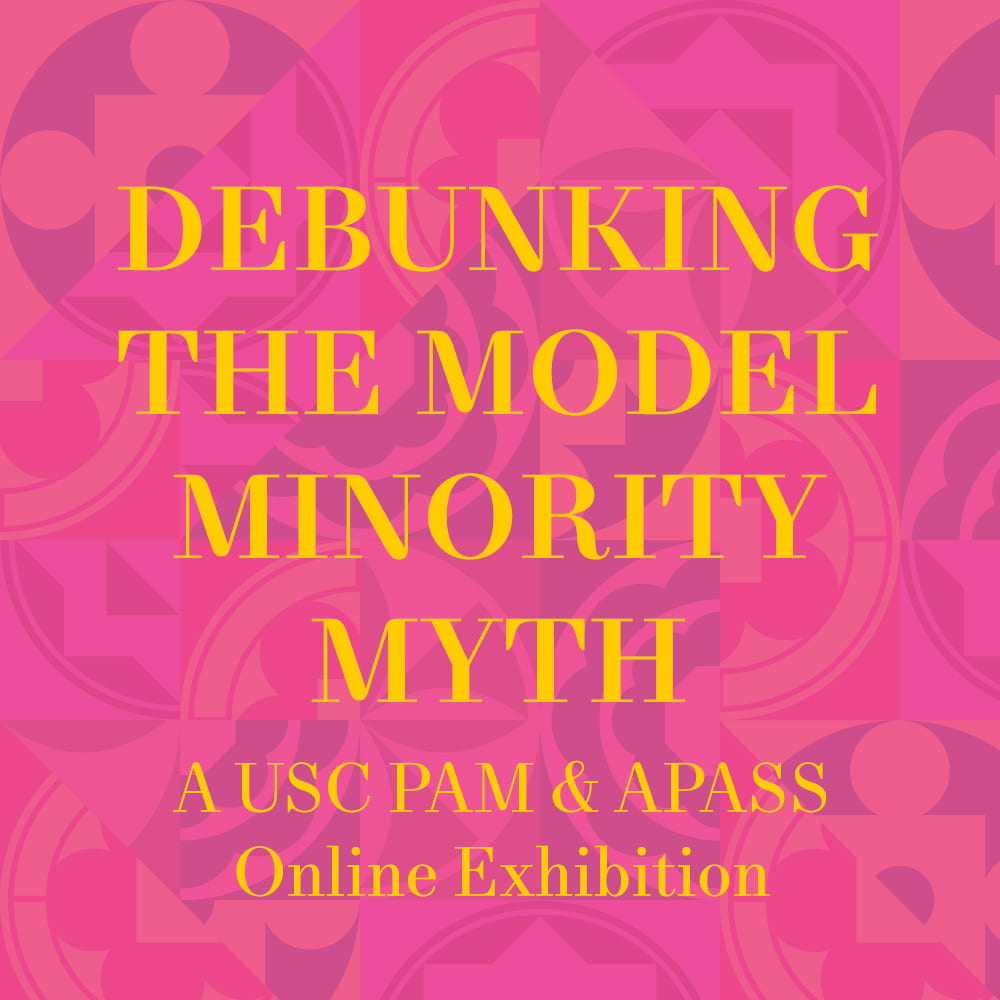
Asian Americans are often stereotyped as studious, successful, smart — a model minority who excel in education and accomplish the “American Dream.” Despite its positive overtones this stereotype is damaging for Asian Americans and other students of color. The model minority myth pits students of color against each other and ignores the reality of systemic racism that Asian Americans continue to encounter.
In response, USC Pacific Asia Museum has partnered with the USC Asian Pacific American Student Assembly (APASA), to collect stories from Asian and Pacific American students that deal with this stereotype everyday. Below are individual stories, told anonymously, to help debunk, the model minority myth.
In partnership with:
USC Asian Pacific American Student Assembly

Student Narratives

I just learned recently that a white man created the term “model minority” to describe Japanese Americans as a way of pitting them against Black Americans. Japanese Americans were terrified that they would be put in concentration camps again and thus went through life as quietly as they could. My ancestors had to go through hell and then pretend it didn’t happen. Now Asian Americans have to deal with this term unfairly and act a certain way (studious, quiet, smart, nerdy) or else they’re looked down upon. This term and its history must be publicized so that people can be educated that its purpose is to divide POC and pit us against each other when we should be banding together and uniting to fight our oppression.
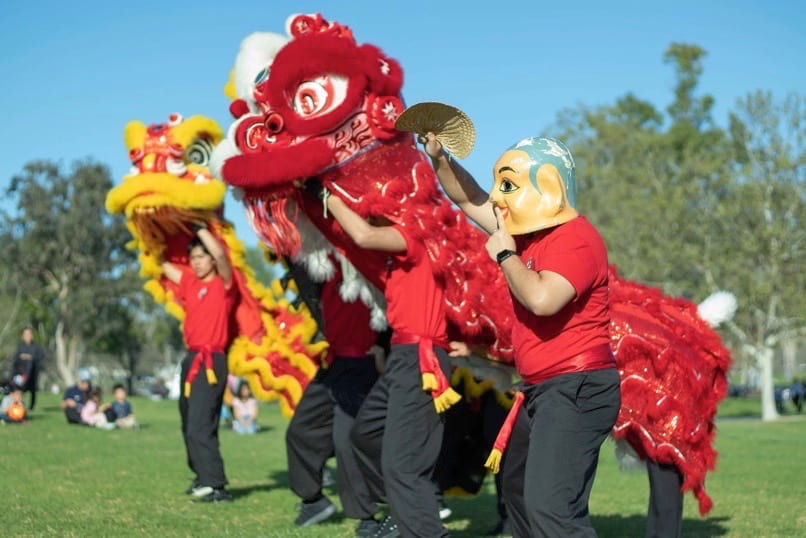
The model minority myth invalidated my feelings of otherness. In high school I did the stereotypical “Asian” things I thought I was supposed to do–play violin in orchestra, take as many AP classes as possible even at the expense of my mental health, and replace friends with columns of A’s on my report card. I thought my deteriorating mental health and overall feelings of unhappiness were normal and even expected, because as an Asian American person I wasn’t entitled to have problems. Up until now I couldn’t even consider myself a person of color because my heritage seemed so marginalized that I should just be grateful for my “privilege” and gaslight my own experiences with racism. The model minority myth taught me how to code switch from elementary school onward–act white enough that I wouldn’t make my white classmates uncomfortable, and tokenize my Asian-ness when it was deemed socially acceptable. I learned self-hatred through the model minority myth. I couldn’t understand why all my effort to be the perfect student in school ultimately couldn’t stop my neighbor from calling my parents “Chinese virus” at the first opportunity for socially acceptable racism. Since coming to USC I’ve been able to begin embracing my culture through support from APASS and other empowered Asian American students, but I wish I had been able to recognize earlier that my self-hatred didn’t stem directly from myself, but rather the white supremacist society that taught me that my “privilege” could and should simultaneously oppress me as well.
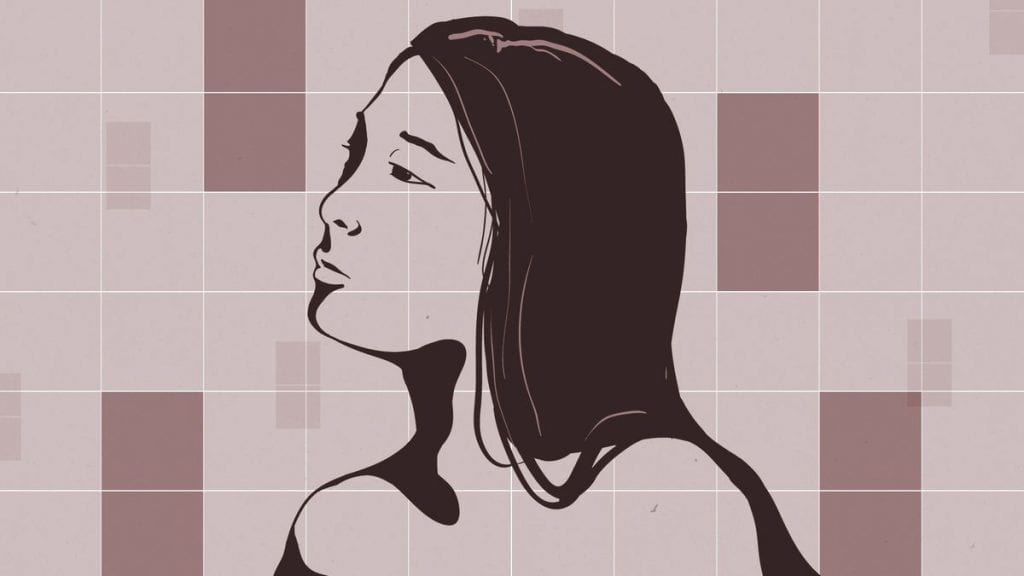
I think there’s something really off-putting about the model minority myth being framed as a “positive” stereotype. Before, I associated the model minority with individual achievement. It definitely took a huge toll on my mental health in high school. My peers expected me to always be on top of things because I fit the mold of the perfect Asian American student. When I got rejected from colleges during my senior year, the whole school found out within seconds and I was ridiculed by strangers who barely knew me personally. I think in the realm of education, seeing an Asian student not succeeding was a fall from grace. There was definitely a time in my life where I thought I didn’t deserve help. I thought I would be mocked if I did since I was expected to be doing well. I was expected to be above racism. It was only after I almost took my own life that I realized that it wasn’t my fault. There’s a reason why APIDA students have one of the highest suicide rates in the country, and it all loops back to the model minority. In college, I learned that the term model minority was coined by a white man who tried to posit that Japanese Americans were “above racism” because they were doing better than other people of color. This could not be any further from the truth. Not only does the model minority myth continue to push down Asian American youth using what’s basically an institutionalized back-handed compliment, it alienates us from other people of color. I’m thankful that I hold leadership positions in college. It grants me more visibility for advocacy, and I hope that this visibility can communicate to other APIDA students that our “privilege” (in big air quotes) should not be used to oppress us or others.

One of the most dangerous implications of the model minority myth is the internalized racism that comes with it. It’s terrifying because it means that young APIDA individuals take it to be true.
My parents never “believed in’’ mental health. I thought that was kind of a side effect of growing up in China and coming to America with nothing more than a few hundred dollars. This never really bothered me until I got diagnosed with major depressive disorder and an anxiety disorder in my junior year of high school.
When I told my parents that I would like to start therapy, they were furious. My mom said that “nothing looks wrong,” brushing it off like it was some disease. My dad erred more on the disappointed side, and I think that hurt me more than my mom. He told me (and I won’t ever forget this for the rest of my life), “You’re so smart, there’s no way your brain could be bad. You’re Chinese. You endure. You can’t ask for help like white people. That’s just how it is for an Asian American.”
And the sad thing was, I believed him. I believed him for two years until the volunteer on the other end of the suicide hotline talked to me for over an hour, telling me that it wasn’t my fault. And it was then that I learned that the model minority can be revoked any time, whenever America wants. When we’re successful, America takes our achievements as its own. When we’re struggling, America abandons us. It has abandoned us for so long that we start thinking that we deserve to be thrown aside, because we weren’t “good enough Asian Americans.” But that’s not true. If America wants us at our best, it better accept us at our worst.
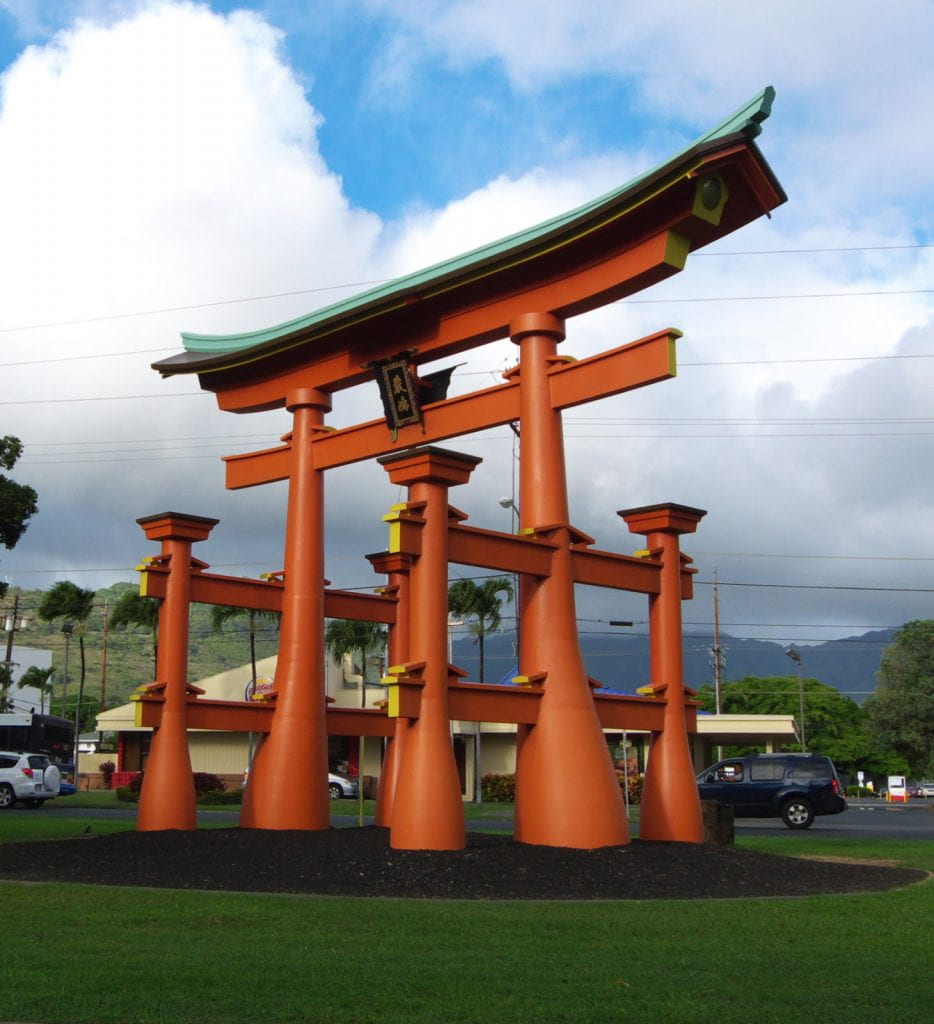
Growing up in a Japanese household in America, I had limited opportunities to become familiar with English. For a long time, my Asian background seemed like a linguistic and cultural obstacle that prevented me from making friends, and I resented having parents who came from a foreign country. Despite the large Asian population in Hawaii, I was a foreigner who spent his Saturdays at Japanese school and left recess on weekdays for the English as a Second Language program. My unfamiliarity with American customs isolated me from my friends, and I felt lonely when people avoided mentioning my hard-to-pronounce name. As a result, I wrongfully accepted that society expected me to be a “typical” Asian who stayed silent during class and studied all day. Although my parents never encouraged me to pursue a career in a STEM field, I believed until very recently that becoming a doctor was the only way for me to succeed due to common Asian stereotypes. Despite my lack of interest, I forced myself to take difficult classes and ironically retreated into my shell because I believed that people would accept me if I acted a certain way.
Although my performance in high school was the result of many sleepless nights, I often felt discouraged and unaccomplished when people associated my achievements with my race. Similarly, the way some of my teachers grouped all of the Asian students together diminished my cultural identity and established a stigma that I was a part of a foreign entity. Fortunately, realizing that I wanted to study business and finance has helped me overcome the psychological burden of the model minority myth. By shifting the focus of my life away from the labels placed on me by society, I have been able to defy common Asian stereotypes through my own actions and unique perspective. Only when I embraced my passions and celebrated my accomplishments did I begin to appreciate my cultural heritage and come to terms with my Asian American identity.
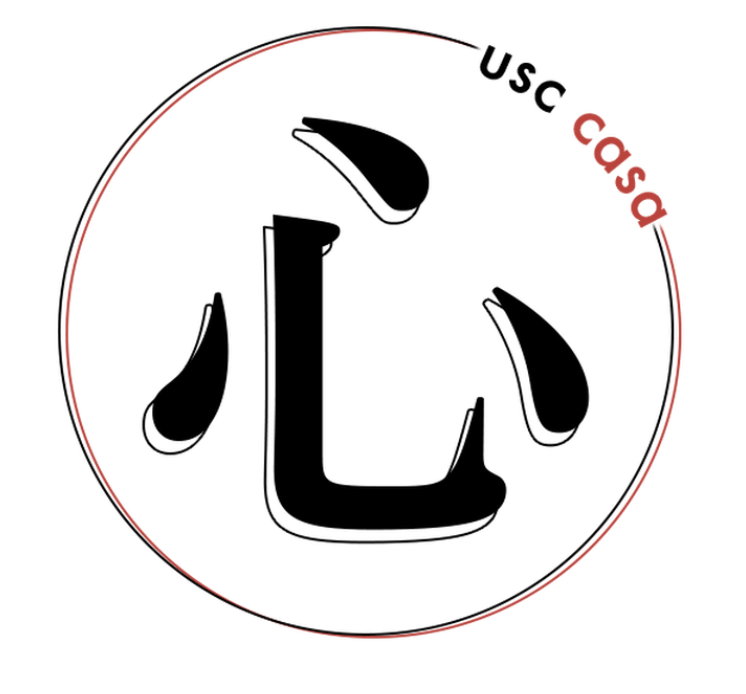
When I first began becoming aware that some of the “lighthearted” bullying and jokes made at the younger me’s expense were actually motivated by racism, it was a complete shock to me. To me, those experiences felt like the norm, that it couldn’t be racism because that would mean that I was somehow less than or weak. Internally, I fought hard against the idea that Asian Americans could experience racism because I believed that we were the example of “success” in immigrant standards, and racism needed a weakness to exploit in order to exist. That toxic mentality was fed by the overwhelmingly loud rhetoric that Asian immigrants in America are the model minority, that we should be the example for other minority groups for socioeconomic success and integration into American society. I didn’t realize that by internalizing that concept, I was invalidating my own experiences, as well as the discrimination faced by others. Racism has no foundation, no rhyme, no reason other than pride-fueled ignorance. Taking my eyes off the idea of a model minority made me realize that.

When I came to Boston College as an Asian at a PWI, I was afraid I would struggle to find a group that would accept me for who I was. I auditioned for a dance team because that was what I had been passionate about throughout my high school career, but I definitely was intimidated because when I scrolled through Facebook pictures and watched Youtube videos, mostly everyone looked white. I decided to give it a shot anyways, and since I got in, I’ve been able to choreograph for the team and even gain a leadership role on the team (I’m the only Asian on the e-board)! I’m excited to use this opportunity to break through the model minority myth that we are complacent and follow the majority blindly, and be able to provide a friendly face for the dance community at BC so other minorities will be more motivated to find their passion with people who look like them and people who do not!
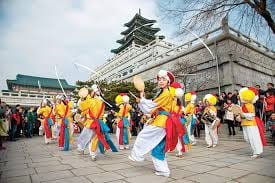
The privilege that comes with the model minority is so conditional. One second we’re loved because we’re so “smart and hardworking,” but another second we need to go back to our countries because we brought the virus. If you want our labor, you need to want all of us. We’re Asian, AND we’re American. Our appearance shouldn’t decide our American-ness. This really made me reconsider how other marginalized groups are treated and viewed in America.
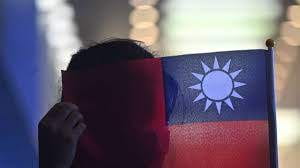
I was in an honors orchestra in high school and we did competitions a lot. There was one competition where we got to play at Disney Hall, and we were all really proud of our achievement because it wasn’t easy to get there as a high school group. After a really successful performance, I overheard a (white) man in the audience say to his wife, “They’re only good because they’re all Asian.” His wife laughed at that and agreed with him. I remember that it made me really upset. It wasn’t because we were Asian that we played well. It was because we worked hard and we practiced well. It felt like they just blew off our efforts. My parents didn’t understand why it made me angry, but I think I should be angry that associating success with my race just discounts and discredits any hard work that I’ve put in.
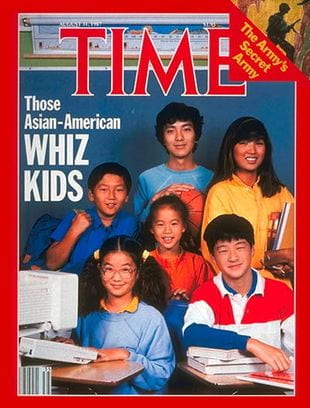
Individual: It’s hard educating immigrant parents how the “model minority” concept impacts other marginalized groups. For them, it’s just work ethnic. “Oh, Asians work harder. We value education.” Is that true? Or, is it a matter of limitations from society? Personally, I think it’s a little both, but who knows? Plus, the idea of Asian American has the concept of East Asians (Chinese, Korean, Japanese), which is okay since they compose the majority of Asian Americans, but there’s also South Asians and SE Asians. Asian American is a term that makes us recognized but also prevents other ethnic identities from shining through. (I recommend this article by Viet Thanh Nguyen: https://time.com/5859206/anti-asian-racism-america/)

Not only does the model minority myth push towards the assumption that there are “good minorities” and “problem minorities,” but it also pushes a narrative of “good Asian Americans” and “bad Asian Americans.” It invalidates so much of our diverse experiences, and it dismisses our equally diverse struggles. The model minority myth sweeps struggles with education, financial stability, etc. under the rug when they should be taken seriously. I feel like the model minority myth offers only a caricature of what the Asian American experience is.
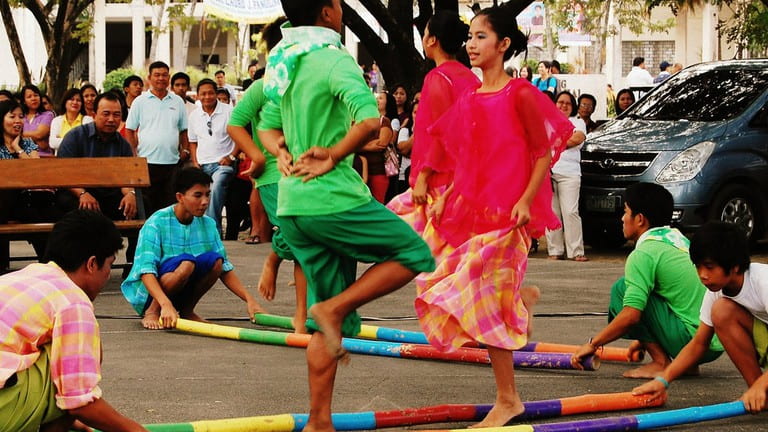
Personally I think that the model minority myth just normalizes anti-Asian racism. It assumes that Asian Americans are “past” racism when in fact, we’re not. It also assumes that we just keep our heads down all the time. That’s not true. Asian Americans have fought in the civil rights movement and labor movements alongside other marginalized communities. We don’t see that in history books. And there’s a reason that it’s been taken out. There’s a greater, more sinister narrative that’s being asserted about the APIDA community that perpetuates these stereotypes, and it’s dangerous for both us and other POC communities.
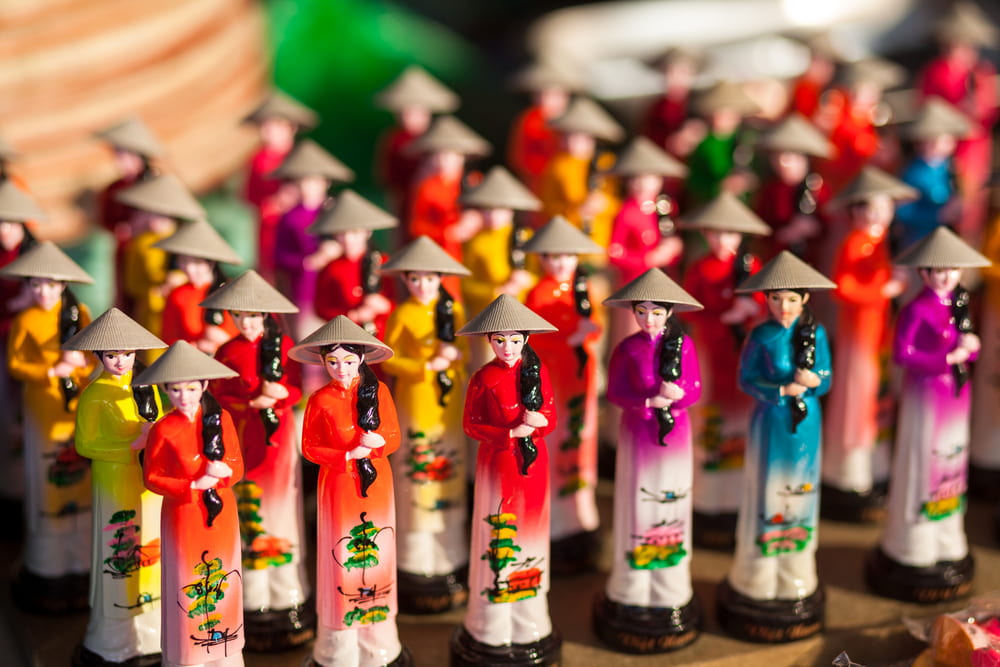
The thing that probably annoys me the most about the model minority myth is how it puts a wedge between the APIDA community and other POC communities. It implies that struggling socioeconomically is a choice, which is not true at all. Unfortunately, for many Americans, simply “working hard” won’t guarantee success. The implications of this are really severe. It puts down other marginalized groups at the same time it shames Asian Americans who don’t live up to such a lofty ideal that only a few people are able to reach. It ignores the systemic oppression that prevents marginalized groups from reaching success and instead gaslights them.

I think it’s so easy to be APIDA and fall into the trap of identifying with the Model Minority Myth, especially when you’re younger and your parents are projecting their expectations upon you, and you’re overworked and overcommitted and exhausted. Your sense of agency in society is not so solid yet—or rather your sense of agency in relation to other communities. You grow up being taught this narrative that hard work is everything, so you don’t think about the role of opportunity and societal footing in your life. You just keep doing what you know. But the truth of the matter is: it’s not that simple. Deconstructing and unlearning your biases is tough but necessary work, but I like to believe that only the best of us get that chance. Recognizing this myth as something extremely dangerous to our communities is going to be the turning point for minority solidarity. I’m glad we’ve begun to internalize the amount of work that needs to be done.

The model minority myth omits a lot of APIDA groups. It assumes that things like lack of access to education, financial insecurity, home insecurity, and inadequate access to health care are not “Asian American” problems. Growing up low income, I’ve noticed that when an APIDA individual does face these situations, they’re often written off as a “bad Asian American.” No matter what the model minority myth tries to imply, Asian Americans aren’t exempt from systemic inequalities. Unfortunately, the American dream doesn’t work out for most. The model minority myth asserts that success is a choice when more often than not, it isn’t.
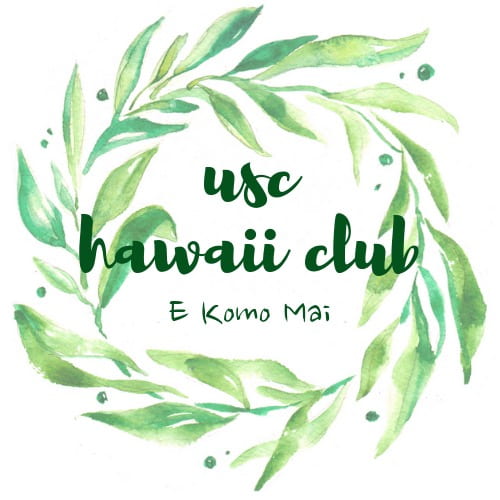
Growing up in Hawaii, where there is a predominant Asian population, I was “lucky” that I never (really) experienced outward racism, discrimination or fell victim to the Model Minority Myth. Frankly, I never quite knew what the Model Minority Myth was until coming to college. Upon learning about its (negative) impact on both the Asian American community and other minorities, I’ve realized that both racial and social inequality are still condoned and ingrained in society. The Model Minority Myth erases individual diversity and places us in stereotypical “boxes” through the power of social construction. It’s a large scale issue that is being tackled with currently, and my goal/dream would be to see POC breaking into industries (i.e. film, media, corporate, etc.) to dismantle it.

I only found out about figures like Yuri Kochiyama and Vincent Chin in college. I’m glad that I know who they are now, but I can’t help feeling like there was a reason why I never learned about them in high school. Yuri Kochiyama showed me that Asian Americans have been important in the civil rights movements, and Vincent Chin’s death showed me that the APIDA community doesn’t get a free pass from racial violence. I think the omissions of APIDA figures like these are slowly driving home a version of history that the model minority myth was exactly designed to uphold. I’m glad that more people are becoming more aware that the model minority myth is a different kind of racism than what we’re used to. It’s disguised as a compliment, but it can still be dangerous.
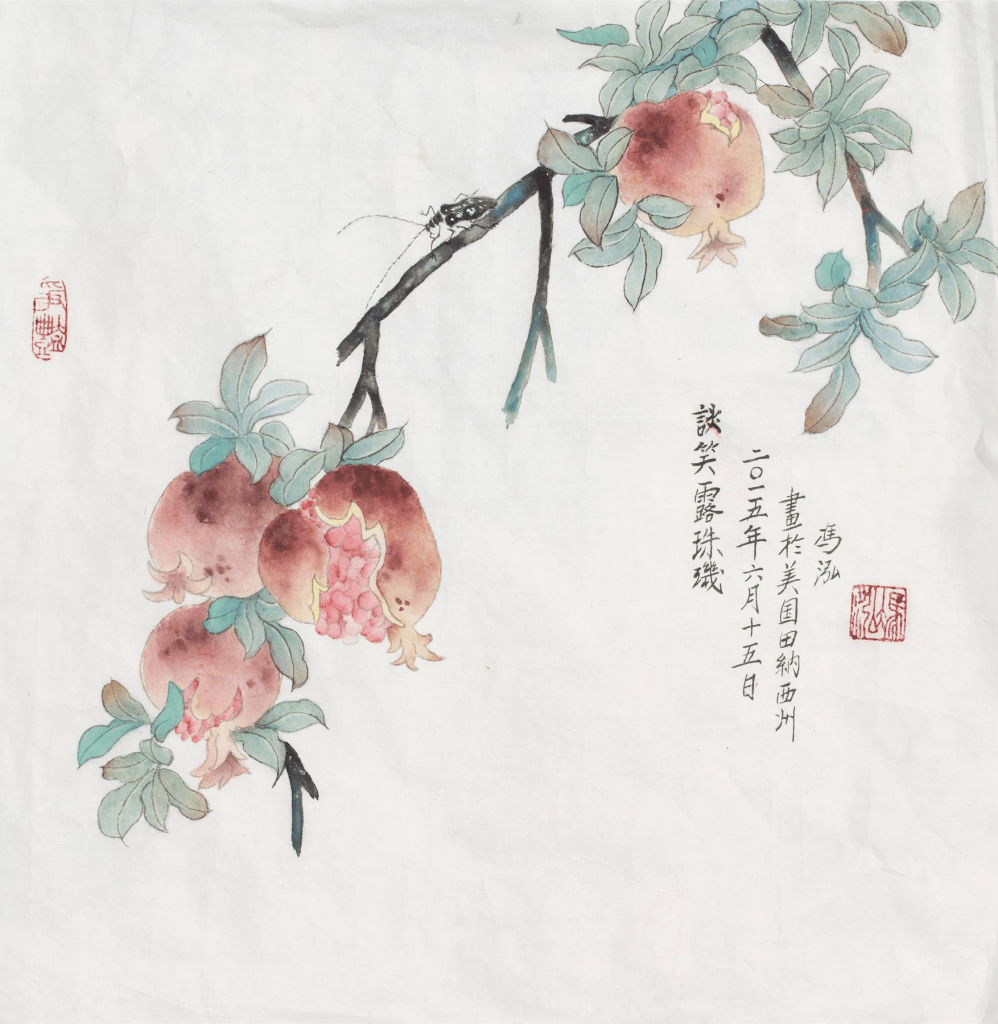
The model minority myth creates unrealistic expectations for APIDA individuals. On one hand, those who pursue the stereotypical medical, law, or engineer fields may feel like they are accomplishing some goal set by society or their parents (this is a broad generalization as many individuals genuinely want to pursue these fields, but the model minority myth has set some sort of internalized expectation). On the other hand, those who pursue other careers or do not perform as well in school are judged as failures “different” from who they are supposed to be. This creates tensions both inside and outside the APIDA community by dividing groups and making them believe that they are “too good” or “not good enough” for others. Not all APIDA individuals are the same, but being different should not stop us from supporting each other just because of an expectation fabricated by others. I constantly feel like a failure because of this internalized mindset. Even if I earn all A’s, I never feel like I am doing enough to meet the “model minority” standard. However, I have to remember to take a step back and focus on my own goals. I want to help those around me instead of always trying to “beat” someone else at a nonexistent competition.
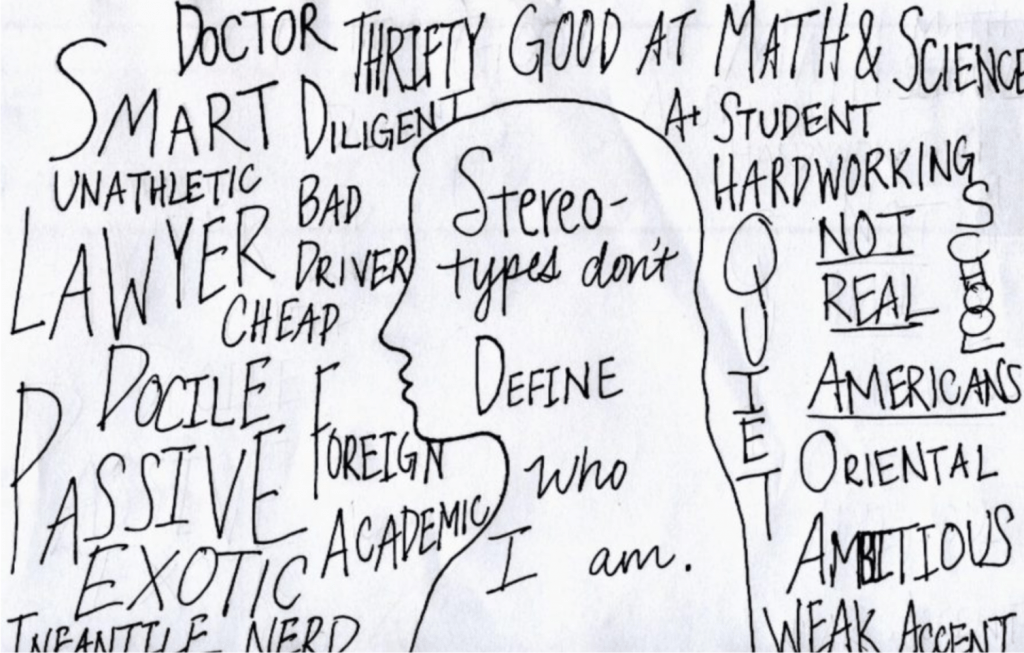
Before I knew what it really was, I didn’t see any problem with the model minority myth. If people thought of me as smart and capable for being Chinese American, I wasn’t going to correct them. It wasn’t until the term was really defined for me that I saw its harmful effects. The pressure that it puts on APIDA students to continuously excel can be really toxic, and the generalization of APIDA’s into a single category and stereotype negates the individual stories of each person. Not all APIDA’s are quiet and passive. Not all APIDA’s want to go into a STEM field. Not all APIDAs have high-paying jobs and a steady income. This is something that the world needs to realize if the model minority myth is truly going to be deconstructed.

I don’t think I had ever heard of the term “model minority” before coming to college. Perhaps it was because I grew up in a city with an Asian American plurality, maybe it was because nobody ever documented any hate crimes against Asians, maybe it was because I thought that Asian students excelled due to cultural factors alone. Although I never heard the term used explicitly until I went to college, the first time I was ever really exposed to the concept of a group of people just inherently outperforming others was in high school orchestra, where over 80% of the students were Asian. My orchestra director recalled a time when his orchestra went to Carnegie Hall and was approached by another group from Chicago. They said that the only reason my school’s orchestra was able to participate in the prestigious festival was because everyone was Asian. My orchestra director was furious that after all the work his students put in to be able to play at one of the most prestigious concert halls in the world, they were reduced to their race, and their hard work was discredited. After hearing this, I began to realize that somewhere outside of the bubble I lived in, I was only regarded as a model when people wanted me to be one, and insulted and degraded when they didn’t.
The model minority myth is much more harmful than just one snide comment from a high schooler. It means Asian American students are more likely to commit suicide and less likely to seek mental health treatment. It means being viewed as a perpetual foreigner while being praised only when convenient. It means holding other marginalized peoples to an impossible standard that APIDA individuals are struggling to attain themselves. It means disregarding the wide income disparity between different groups of APIDA individuals, segregating APIDA individuals into the “good” and “bad”, normalizing anti-Asian discrimination, and refusing to charge perpetrators of anti-Asian hate crimes. It means that most people don’t know who Vincent Chin is, a Chinese man who was brutally murdered by auto workers who took out their bitterness for the growing Japanese auto industry on him just days before he was going to be married. It means driving a wedge between marginalized people and taking APIDA individuals as “basically white” only to put down others.
But I do think there is much more to the APIDA experience than the model minority myth, even when discourse today centers a lot around it. There is so much diversity, power, and resilience that the APIDA community holds that can never be encompassed by a label a non-APIDA individual cast on it. I hope that one day, we don’t need to discuss how APIDA individuals are being oppressed by the model minority myth but instead how we have overcome it.